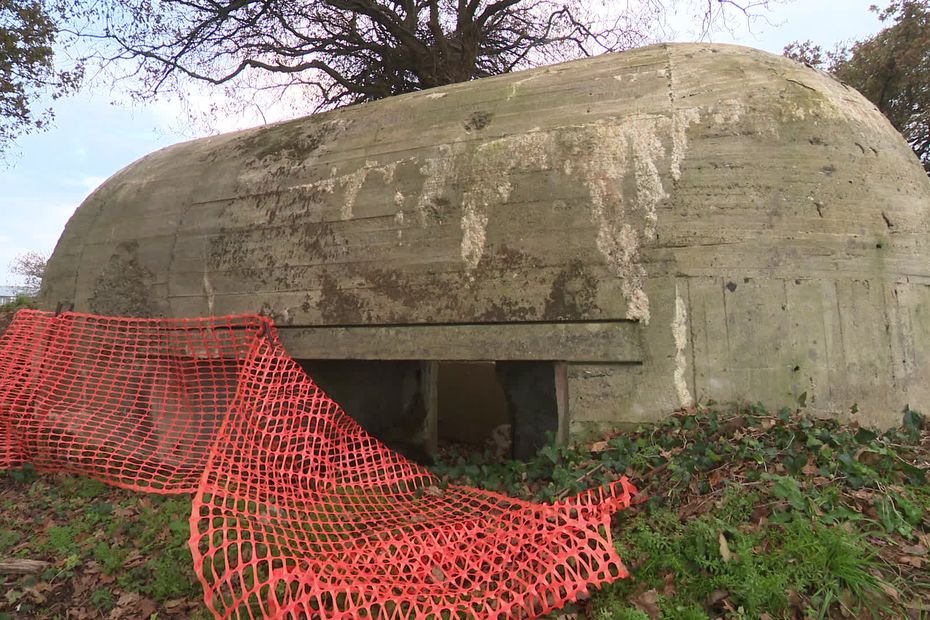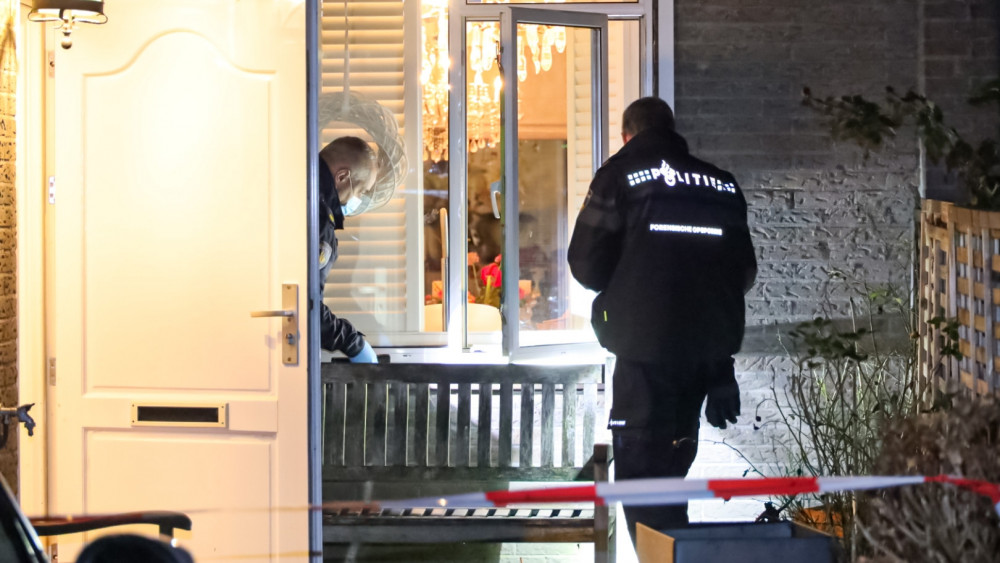In Brest, the development works of the future Fontaine-Margot district have brought to light a group of six blockhouses dating back to the Second World War. They will be integrated into the design of the future district. The idea is to make them accessible to the public.
Regularly, the past of the port of Brest resurfaces during the earthworks. As the coast is full of WWII bunkers, it is not uncommon for some to be discovered under the blows of sappers.
Thus, a few months ago, seven blockhouses defending the German lines were unearthed thereearthworks in the residential district of La Fontaine-Margot, west of Brest. A neighborhood that should host 1,000 housing units‘ici 2024.
If it is not uncommon to discover isolated bunkers, it is much more so that there are several grouped together. A fortified site therefore of historical interest and which will be partly preserved on the site of the future district.
As Olivier Duigou, chief operating officer of Brest Métropole Aménagement explains, it is also a question of making these forts accessible to the public.
If one of them has been destroyed – its location being incompatible with future buildings and in a minor state -, the other six will be highlighted in the heart of a public garden where signage with historical indications will be installed. Future residents can even walk through one of the bunkers.
video length: 01min 01
The discovered blockhouses will be integrated into a future residential area in Plouzané near Brest.
•
©I. Blonz – R. Massini
As Guillaume Lécuillier, head of studies for the heritage inventory of the Brittany region, points out, “cWhat is striking here is the state of the conversation, quite incredible on the scale of Brittany.”
The fortified complex belonged to the main battle line of Brest, implemented in 1943. These blockhouses participated in the defense of the road to Guilers, the current road to Kerléo. At the time it constituted an access to the city of Brest and therefore needed to be protected from attacks by the allies.


